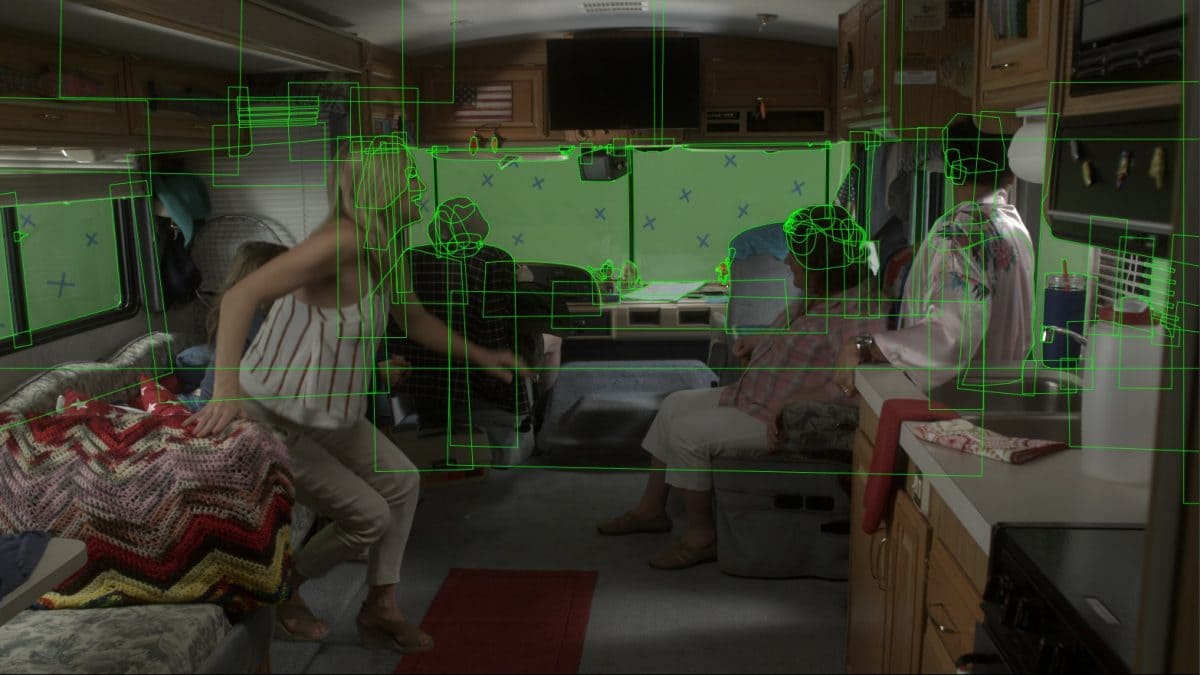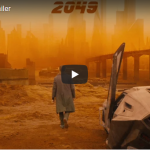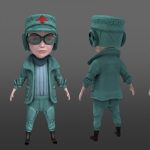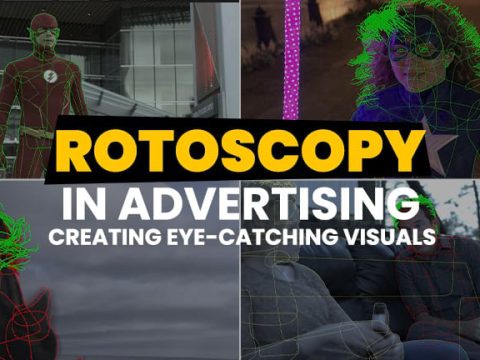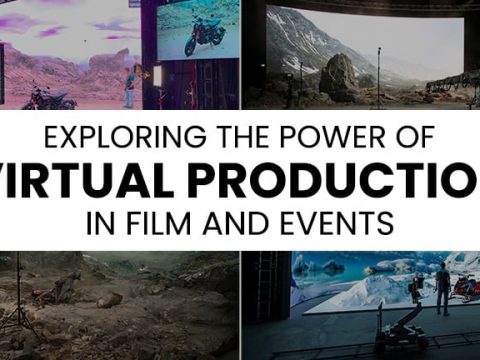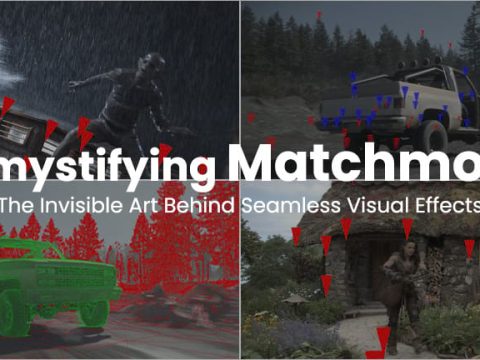What is Rotoscope & The Evolution of Rotoscope Animation
When animated and visual effects enabled films were first produced in the early 1900s, the movements of the characters tended to be jerky and stiff. This all changed when rotoscoping techniques were invented by Max Fleischer in 1915. In this article, we look at what is rotoscope animation and its evloution from its conception to what it has done for the world of animation today.
What is Rotoscopy?
Rotoscoping is an animation technique used by animators to trace over live action footage, frame by frame, in order to produce realistic looking action. Initially this was done by using a device called a rotoscope where footage was projected on to a glass panel and painstakingly traced over by artists.
Naturally, this equipment has now been replaced by computers, but the process is still named after the original device. Rotoscoping is also used in the VFX industry where the matte for an element is created manually on a live action plate which is then composited over another background. Rotoscoping in the digital domain is aided by motion-tracking and onion-skinning software.
The Origins of Rotoscopy
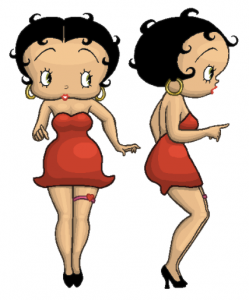
Polish born Max Fleischer was the staff cartoonist for The Brooklyn Daily Eagle. While there, he met John Bray, an early animator who introduced him to the world of cartoons and animation. Believing that the techniques used for animation could be improved upon, Fleisher invented the rotoscope, which used a combination of a projector and an easel. His patent was granted in 1917.
Fleischer’s first character was a clown based on his brother Dave dressed in a costume. Although the patent was still pending, Fleischer used the technique to animate a series of short cartoons called Out of the Inkwell. Fleischer then founded Fleischer Studios, which gave us legendary cartoons like Betty Boop and Popeye! A notable example of rotoscoping animation used in a feature length animation was Snow White and the Seven Dwarfs. It was met with plenty of resistance from the artists though as they felt that it hindered their work.
The Evolution of Rotoscope Animation
Rotoscopy wasn’t just used in animated films either. The Beatles Yellow Submarine notably featured the use of rotoscoping animation techniques in the Lucy in the Sky with Diamonds section in 1968 while Ralph Bakshi famously used roto techniques in films like Wizards (1977), The Lord of the Rings (1978) and American Pop (1981).
The early methods of rotoscopy were time consuming to say the least and it wasn’t until the late 1990s that rotoscoping went digital thanks to Bob Sabiston, an animator and computer scientist veteran of the Massachusetts Institute of Technology (MIT) Media Lab. He developed a computer-assisted “interpolated rotoscoping” process which he used to create a short movie Snack and Drink. He created the computer program Rotoshop which allowed one animator to do the work of many.
Director Richard Linklater subsequently employed Sabiston and his proprietary Rotoshop software in the full-length feature movies Waking Life (2001) and A Scanner Darkly (2006) making him the first director to make a whole movie using the rotoscoping technique.
Benefits of Rotoscope Animation
Rotoscope animation is a technique that involves tracing over live-action footage frame by frame to create animated sequences. This technique offers several benefits in the world of animation and visual effects. Here are some key advantages of rotoscope animation:
Realistic Movement:
Rotoscoping animation allows animators to capture the natural movement and fluidity of real-life actors or objects. By tracing over live-action footage, animators can achieve lifelike animations with accurate proportions, weight, and timing. This technique is particularly useful when animating complex actions or human characters, as it provides a realistic foundation for the animation process.
Time-saving:
Rotoscope animation can be a time-saving technique compared to traditional frame-by-frame animation. By using live-action footage as a reference, animators can quickly create the initial keyframes, resulting in a more efficient workflow. Rotoscoping reduces the need for animators to start from scratch, allowing them to focus on refining and enhancing the animation instead.
Consistency and Accuracy:
Rotoscope animation ensures consistency and accuracy in the animation process. By tracing over live-action footage, animators can maintain the original performance or movement captured in the reference footage. This technique is beneficial for achieving precise facial expressions, body movements, or intricate actions, ensuring a high level of detail and fidelity in the final animation.
Integration with Live-Action Footage:
Rotoscoping allows for seamless integration of animated elements with live-action footage. By tracing over the live-action frames, animators can create animations that perfectly match the movements and perspectives of the actors or objects in the scene. This integration enhances the realism of the final composite and creates a cohesive visual experience for the audience.
Artistic Interpretation:
Rotoscope animation provides an opportunity for artistic interpretation. While the initial tracing process captures the realism of the live-action footage, animators can also add their creative touches, exaggerate movements, or stylize the animation. This combination of realism and artistic expression allows for unique and visually appealing animations.
Rotoscopy Now and the Future
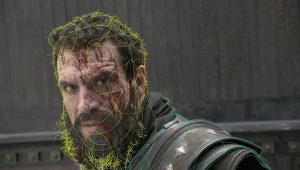
Rotoscope Animation
Rotoscopy has now become a creative animation and VFX technique in its own right. Software programs mean there are new ways to carry out the entire rotoscopy process without having to use physical film, thus making it less time consuming. Animators can work in multiple different layers using one layer as the digitised film image and the rest containing the animation or effects that need to be inserted.
The evolution of smaller and more powerful computers and more complex software applications means desired effects can be achieved with less effort than once required. Colours can be changed and lines blurred using modern graphics software and sophisticated technology can now also track the position of composited objects in each frame taking away much of the physical labour. As software and computer power evolves, so will the art of rotoscopy and what you can do with it.
However, all these techniques still need skilled artists to ensure that everything is in the right place at the right time. Roto artists, as they are now known as, still need immense amounts of training and discipline to bring the magic to your screens.
Toolbox Studio thrives on its ability to deliver world-class rotoscope solutions to range of global clients. In the last 10 years, the team has grown to include 50+ inhouse VFX artists who work on industry-standard software. If you have a project that needs these competencies, we can help you achieve that. Get in touch with us now!



